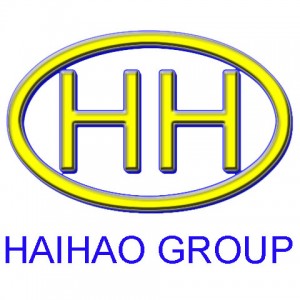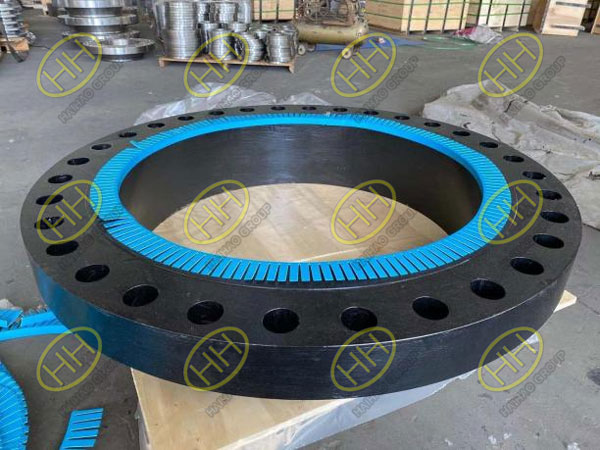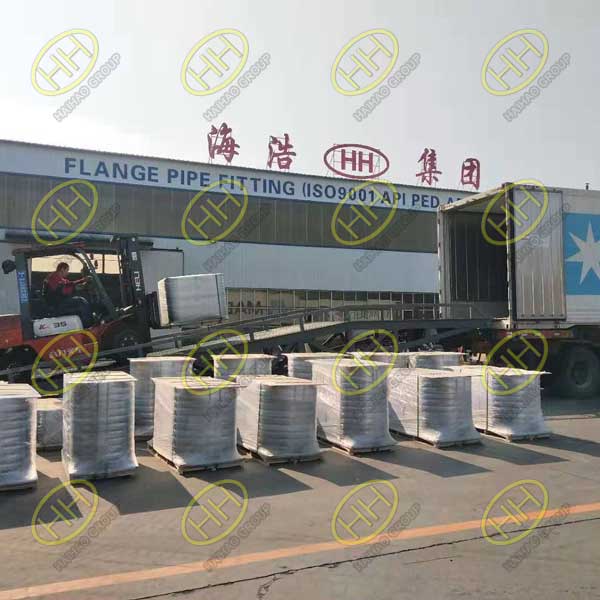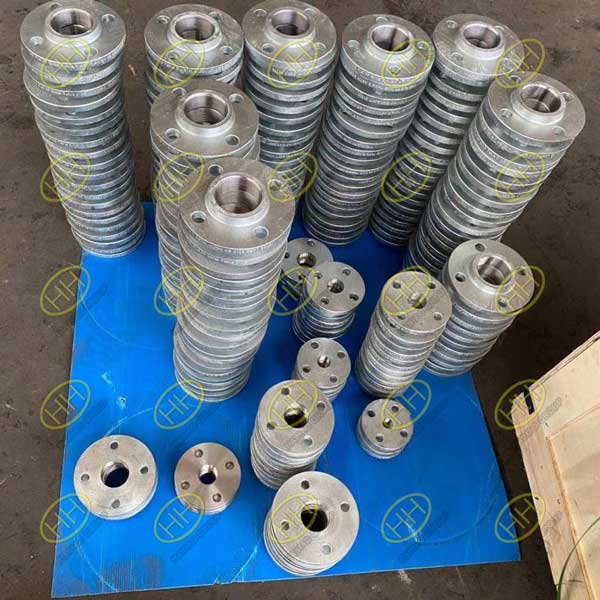Exploring flange standards ensuring precision and compatibility
In the intricate world of pipelines and industrial systems, flanges play a crucial role in connecting, sealing, and supporting various components. To ensure seamless operations and the highest level of safety, adhering to well-defined flange standards is paramount. These standards serve as a universal language that facilitates precision, compatibility, and reliability across industries and applications.
Diverse Standards for Varied Needs
Flanges come in a multitude of types, sizes, and materials, each designed to meet specific requirements. To streamline this diversity and promote seamless integration, a range of international flange standards has been established. These standards provide guidelines for the design, dimensions, materials, testing, and overall performance of flanges, ensuring they align with the needs of diverse sectors such as oil and gas, petrochemical, marine, and more.
ANSI/ASME Standards: A Global Framework
The American National Standards Institute (ANSI) and the American Society of Mechanical Engineers (ASME) have collaborated to formulate widely recognized standards for flanges. The ANSI/ASME B16.5 standard focuses on steel pipe flanges and flange fittings, defining dimensions, tolerances, materials, and more. Additionally, the ANSI/ASME B16.47 standard caters to large-diameter steel flanges and welding neck flange fittings. These standards provide a robust framework that guides manufacturers and users alike, ensuring compatibility and reliability across the supply chain.
European Excellence with EN Standards
In Europe, the European Committee for Standardization (CEN) has introduced the EN series of standards for flanges. The EN 1092-1 standard, for instance, provides specifications for steel flanges and their accompanying fittings, contributing to harmonization within the European Union and beyond. These standards enable businesses to seamlessly collaborate and exchange products, enhancing efficiency and minimizing errors.
Navigating Global Choices
Beyond ANSI/ASME and EN standards, the landscape includes diverse standards such as DIN (Germany), JIS (Japan), GOST (Russia), and BS (United Kingdom), among others. These standards reflect the unique industrial contexts and preferences of different regions. Regardless of the standard, the primary goal remains consistent: to facilitate precision, compatibility, and safety.
Why Standards Matter
Adhering to established flange standards brings numerous advantages to the table. Manufacturers benefit from clear design guidelines, ensuring consistent quality and compatibility across their products. End-users enjoy the confidence of knowing that flanges from various sources will seamlessly fit together, minimizing the risk of leaks, failures, or safety breaches.
Unified Future with Haihao Group
In a world propelled by innovation and collaboration, adherence to flange standards opens the door to a unified future. Industries gain the ability to seamlessly integrate components from diverse manufacturers, countries, and sectors, all while harboring unwavering trust in their reliability and performance. As technologies evolve and industries expand, Haihao Group stands as a beacon of excellence in producing a wide range of flanges that adhere to various internationally recognized standards. This commitment ensures a solid foundation built on precision, safety, and global cooperation, driving us collectively towards a future of seamless interconnectedness.




